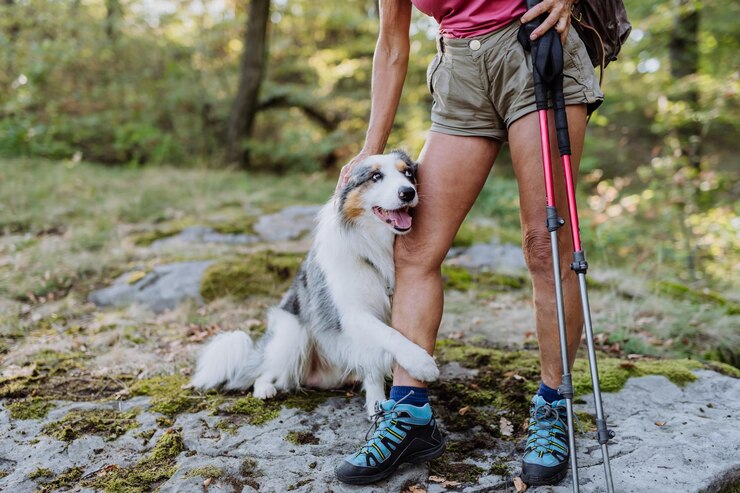Keeping Pets Safe in the Summer Heat

During the summer months, soaring temperatures can put pets at risk for heat-related illnesses. While many pets enjoy the outdoors, it's important for pet parents to understand how heat affects animals and what precautions to take. Heatstroke, dehydration, and paw pad burns are all common summer dangers that can be avoided with a few safety strategies.
One of the most critical things to remember is that pets don’t tolerate heat the same way humans do. Dogs, for instance, don’t sweat like we do. They primarily cool down through panting and through their paw pads, which is less effective in extreme temperatures. Cats, although generally more heat-tolerant, can also become dehydrated or suffer heatstroke in hot conditions.
To keep your pet safe, never leave them in a parked car—even for a minute. Temperatures inside vehicles can climb rapidly, even with windows cracked. In just 10 minutes, the temperature inside a car can rise by 20 degrees, putting your pet at risk of heatstroke or worse.
When walking your dog, avoid the hottest part of the day. Early morning or late evening walks are best. Asphalt and pavement can become dangerously hot and burn your dog’s paw pads. A good test: place the back of your hand on the surface—if it’s too hot for you, it’s too hot for your pet.
Always provide access to fresh, cool water. Whether your pet is indoors or outside, hydration is crucial. If you’re spending time outdoors, bring a collapsible water bowl and offer water frequently. Shade is equally important. Pets should have a cool, shaded area to retreat to if they’re outdoors for extended periods.
If you have a flat-faced (brachycephalic) breed such as a Bulldog, Pug, or Persian cat, be especially cautious. These pets are more prone to respiratory issues and overheat more quickly than others. Senior pets, overweight pets, and those with medical conditions also require special attention during hot weather.
Signs of heatstroke in pets include excessive panting, drooling, lethargy, vomiting, and collapse. If you suspect your pet is overheating, move them to a cooler area immediately, offer small amounts of water, and contact your veterinarian. Do not use ice-cold water or ice packs, as this can shock their system. Use lukewarm water or wet towels instead.
Fun ways to help your pet stay cool include frozen treats, kiddie pools, or sprinklers. You can freeze pet-safe broth or fruits in ice cube trays to make a refreshing snack. Just be sure any treats or toys used are appropriate for your pet’s size and dietary needs.
It’s also a good time to revisit grooming. Keeping your pet well-brushed helps with airflow through their coat. However, avoid shaving double-coated breeds, as their fur helps regulate body temperature and protects against sunburn. If you're unsure about grooming needs, consult your groomer or veterinarian.
Fireworks and summer parties can also pose safety risks. Always keep pets indoors during fireworks displays, and be cautious with picnic food—items like grapes, onions, and chocolate are toxic to pets.
Summer should be a fun time for you and your pets. Reach out to Rio Grande at (956)-508-8900 or visit us at 311 East Del Mar Blvd Suite 201 Laredo,TX. With some awareness and preparation, you can enjoy the season while keeping your furry family members safe and healthy.

















